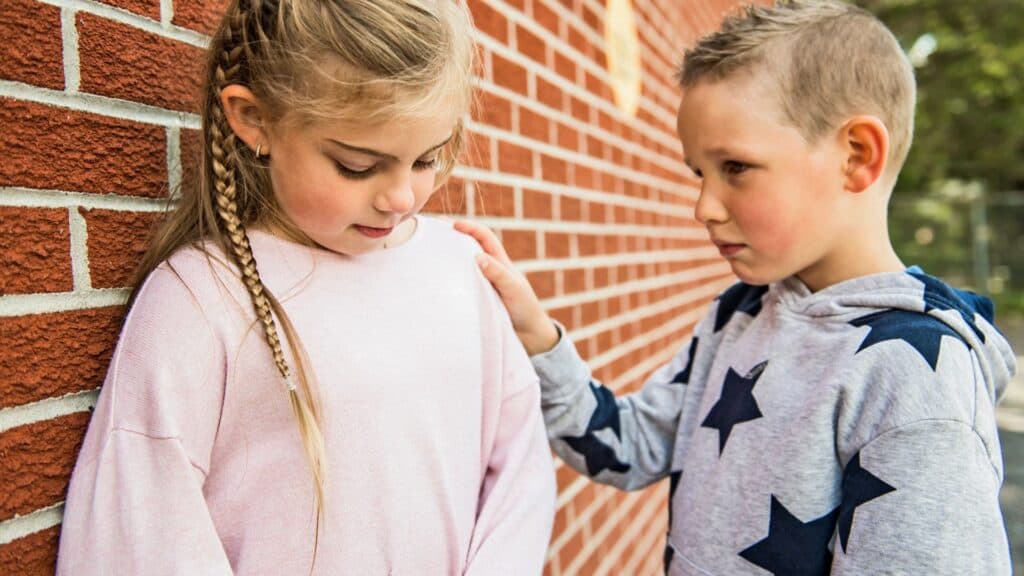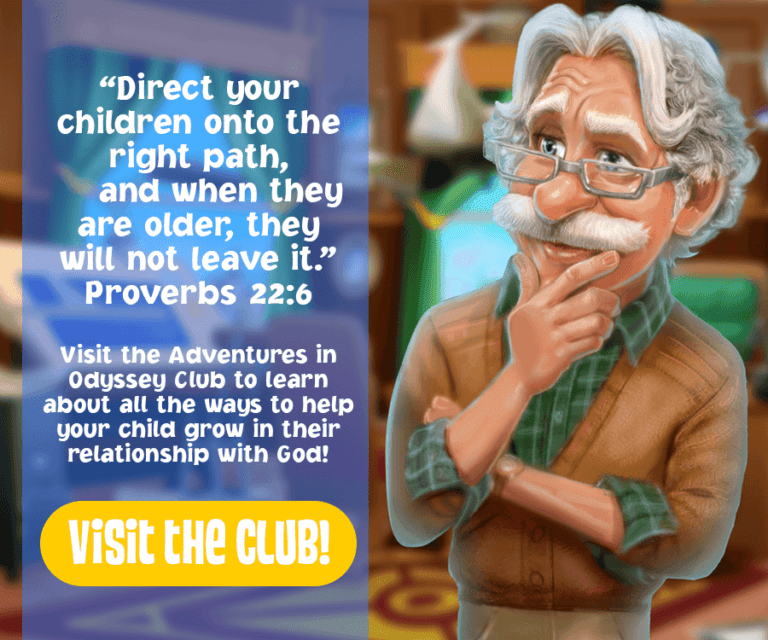A Family’s Journey: Teaching Empathy through Service at Home and Beyond
Lisa and Todd, from Minnesota, minister at their local church. Their kids grew up doing routine chores, such as making copies, taking out the trash and washing dishes. After their 12-year-old daughter helped out with a Sunday school lesson, she became more comfortable in the classroom and soon began serving as an assistant Sunday school teacher. Lisa says, “Feeling like she was needed and [could be] successful were the greatest factors in her getting involved.”
Overcoming Selfishness: Teaching Empathy through the Practice of Service
Service isn’t something that comes naturally to most people. When children are left to their own devices, they are more apt to make selfish choices. Although some may show empathy or have good intentions. However, most learn the importance of service through watching and following the patterns set by their parents.
Volunteering Abroad: Empathy and Service beyond Cultural Boundaries
Galatians 5:13 For you were called to freedom, brothers. Only do not use your freedom as an opportunity for the flesh, but through love serve one another.
Many parents would love their children to serve others. But when their vocation doesn’t offer service opportunities, parents can look for creative opportunities for their kids. The Churchill family went on a missions trip to Kenya. Parents Amy and Clay witnessed how the trip impacted their children. The experience encouraged their kids to step away from a sense of entitlement. They started to feel truly grateful for all they had.
For children to gain these kinds of experiences, families do not have to volunteer in another country. Parents can model and guide their children toward patterns of service by making them aware of the people around them. Jesus demonstrated this in the parable of the good Samaritan.
Homegrown Empathy: Teaching Compassionate Service in Everyday Life
Teaching service starts at home.
When their children were young, Brad and Valerie were intentional in demonstrating how their kids should care for each other. When someone had a headache or wasn’t feeling well, they taught their littles to help make their hurting sibling comfortable. They would make a comfortable bed on the couch, get a cold cloth, and turn off the lights. They would offer a special toy from the bedroom and ask, “What else do you need?”
In this way, the children were made aware of basic steps of kindness and compassion. This is an important first stepping-stone to service.
Lessons from Service to Older Generations
Serving those outside the home is the next step. It often stems from a desire that God has already given someone in the family. Steve and Katie found a way to involve their child in service through working with the elderly. “My family moved three times,” she says, “and each time, my husband and I found an elderly person to become a part of our lives.” Twice, she didn’t have to look any further than her new church family.
She would find someone who was alone and without family in the area. Then her family adopted this person as their “church grandma” or “church grandpa.” “We always sat with this person at church, and as they aged and couldn’t drive, we brought them to church,” Katie says. This family treated each as family — visiting regularly, taking them to lunch and being there during hospitalizations and rehabilitations, and organizing birthday parties for them with the church.
When her son grew tired of serving, Katie reminded him, “You have us around all the time, but they have no one — no one to say, ‘Good morning,’ no one to kiss goodnight, and no one to share joys or sadness.” By explaining another person’s needs in a way her child could understand, she motivated him to grow more empathetic and realize that although the relationships were sometimes inconvenient, they were always worth it.
When the family moved next door to an older woman, Katie says, “I encouraged my son to secretly do things for her like bringing her newspaper or trash cans up from the street or shoveling snow off her sidewalk.” A relationship grew between this woman and Katie’s son, and one day this woman told Katie, “I’m so glad you moved here, because your son and I will grow older together.”
Katie found that spending time with an elderly person often took more than a few minutes out of their day, but it helped her child develop empathy and an awareness of others. He also became comfortable interacting with people of all ages, not just his peers. Discovering a way to make a mundane or difficult task fun helps kids find the motivation they need to do things they don’t necessarily want to do, and her son was able to see firsthand how service was also beneficial to him.
Sneaky Service’: Innovative Approach to Teaching Empathy
Micah and Disney from Washington are intentional about their family’s service. Disney helped her daughter become excited about doing things for others through “sneaky service.” “We literally dressed in disguise,” she says, “and raked leaves or shoveled snow for people.” The family also secretly dropped off gifts on doorsteps.
Chris and Misti from Kentucky joined with two other families in their church to create Cross-Eyed Ministries. “We hand out free hot chocolate at Christmas and organize reverse bake sales,” Misti says. A reverse bake sale is where kids make baked goods and package them. Then they go to a local grocery store, and with the store’s permission, hand out free baked goods and tracts. “The kids also have fun when we stand by a soda machine and buy free sodas for whomever will let us,” she says. “And no donations are accepted.”
This family-grown ministry also helps clean people’s homes and brings meals to those in need. Chris and Misti have found that partnering with other families helped their kids have fun and maintain a good attitude as they served. Surprisingly, the group often found needs on Facebook. Friends, family and acquaintances seem to be more open about posting transitional times in their lives (e.g., new babies, injuries, surgeries) and letting people know when they are in need. Kids just had to be trained to know what to look for.
Nurturing Generosity
Misti’s family intentionally seeks ways to promote selflessness. When each child turns seven, he or she is allowed to pick a Compassion International child for the family to support. Misti finds that her children learn about responsibility as she helps them write to and pray for their new Compassion friend. This also helps their children to see the world through another child’s eyes — and to realize that a little help each month can change individuals in a large way.
When children aren’t old enough to have jobs, they can still experience the joy of giving. Chris and Misti try to save a few hundred dollars each year for their children to spend on the Gospel for Asia website. Misti says, “They look forward to buying water wells, Bibles, tracts, chickens, water buffalo, bicycles, radios and many other things.” Misti hopes that if their kids develop a joy of giving when they are young, they will continue to be generous when they have money of their own.
Teaching Value of Service and Understanding Souls
Serving not only helps show God’s love to others but it opens children to concepts they may not have previously considered. Shelley and Doug have an 11-year-old son and are foster parents. Their son witnessed firsthand the difficulties of foster parenting, and he once asked his parents why they just didn’t give a certain foster kid back to the system.
In this teachable moment, Shelley explained to her son, “Things are replaceable, but people and their souls are not.”

























